Nestled in the picturesque landscapes of British Columbia, Canada, Campbell River proudly touts a legacy steeped in the art of salmon fishing, a heritage that has earned it the illustrious moniker "Salmon Capital of the World" for nearly a century. Located 264 kilometers north of Victoria, this renowned angler's haven can be found along the winding highways of 1 and 19. Perched atop the world-famous Tyee Pool, Painters Lodge stands as a venerable icon in this piscatorial paradise. Angling enthusiasts from across the globe fervently vie for the exclusive distinction of joining the Tyee Club, an honor achieved by hooking a 30-pound chinook salmon from a guide-rowed dory, employing a specific tackle, in the hallowed waters of a meticulously designated pool near the river mouth.
-
Beyond its fame as a salmon sanctuary, the Campbell River region is also celebrated for Seymour Narrows, a place notorious for its turbulent tidal currents that can reach breakneck speeds of up to 25 kilometers per hour. The removal of the treacherous Ripple Rock, a formidable obstacle to maritime navigation, made history with a monumental explosion in 1958, marking it as the most colossal non-military blast worldwide.
-
Throughout the year, Campbell River beckons avid anglers with its diverse fishing offerings. Winter ushers in a thriving fishery, as bait congregates in Shelter Point, Willow Point, and the vicinity of Cape Mudge Lighthouse. In the summer months, the sequential salmon runs demand a profound understanding of a variety of angling techniques, with the underwater terrain ranging from rocky to sandy to muddy.
-
Across the annual cycle, all five species of Pacific salmon grace Campbell River's waters, including sockeye, pink, chum, coho, and the majestic chinook. Winter sees the residence of chinook and young blueback coho salmon, while Fraser River sockeye embark on a significant migration down Johnstone Strait during the summer. October brings a burgeoning chum fishery, extending the fishing season well into November.
-
Resident chinook and blueback coho are a year-round presence in the local waters. Winter chinook fishing, primarily targeting deeper waters for 12-16-pound fish, commences in November, while the 1-2-pound blueback coho make their appearance in March, a season often referred to as the "hootchie and plug fishery."
-
May heralds the arrival of the first summer chinook runs, with the impressive Columbian chinook, tipping the scales at up to 50 pounds, taking center stage. June witnesses the migration of Fraser River, Oregon, and Washington chinook. In August, the Quinsam and Campbell River Tyee salmon muscle their way through Tyee Pool, with bait often proving to be the angler's best friend in most locations.
-
From July through September, millions of sockeye and pink salmon navigate through these waters, including the highly coveted Adams and Stuart runs. During this time, hootchie fishing is the preferred method, with pink patterns being a popular choice.
-
August sees the summer coho making their appearance in Campbell River, followed by the arrival of northern salmon in September. Chum start appearing in September and October, favoring live bait when motor mooched.
-
As the calendar flips from October to November, a new cycle of winter chinook fishing commences, setting Campbell River apart as one of the rare coastal locations where feeder chinook can be found year-round.
-
When it comes to fishing gear, live bait motor mooching is ideal for summer chinook, while live or cutplug bait is recommended for fall chum. Trolling with herring is best done with glow green or clear teaserheads adorned with red and white or black stick-on eyes, paired with a flexible 10-12-foot rod.
-
-
Spoons, such as the Aztec or Spring Roll Skinny G (Red/Gold), Trailhead Skinny G or G Force (Green/Chartreuse), Lighthouse Lures AWC Special (Pearl), and Flaming Ferrari (Orange/Yellow/Chartreuse), come in handy for various patterns. Vintage Gibbs Stewart Spoons in size #8 are recommended for the Tyee Pool. Flashers, especially those in green and red with UV finishes and glow, have proven to yield favorable results.
-
The bountiful hotspots and the ever-changing tapestry of annual fisheries in Campbell River make it a daunting task to encapsulate all the angling opportunities. However, exploring the salmon-rich waters of Argonaut Wharf, Tyee Pool, Cape Mudge, and the Narrows is a great place to start. Seasoned or novice, it is advisable to acquaint yourself with a range of techniques, including trolling, motor mooching, casting, cutplugging, and live bait angling. Particularly for chum fishing, which has its unique bite behavior, it's wise to seek the guidance of a local expert.
-
Argonaut Wharf offers exceptional shore casting opportunities, strategically located beside one of the region's most promising fishing grounds. Tyee Pool, situated at the river mouth, is carefully regulated to ensure angling success, with a guide strongly recommended during the official season from July 15 to September 15. The rules and techniques have remained virtually unchanged since 1924, including the use of 6-9-foot rods and 20-pound test line.
-
For a quintessential Campbell River fishing adventure, consider trolling at Cape Mudge, characterized by mid-channel rollers, powerful tidal currents, and back eddies that concentrate bait. The first and last light of the day is when Campbell River shines as its best for fishing. Trolling in the same direction as the current is advised to maximize coverage and present your lure directly in front of the salmon.
-
The exhilarating fall chum fishery takes place in the adrenaline-charged Seymour Narrows, a locale that requires nerves of steel. Anglers position themselves on either side of a Boston Whaler, with a third person manning the engine to lower baited lines vertically into tide rips that cascade like waterfalls. The swift-moving waters are mesmerizing, and chum, with their tough mouths, take their time—up to 30 seconds—to mouth the bait. On the bright side, they are persistent biters. Sunny days, fast water, and flood tides align to favor chum fishing success.
-
Campbell River, with its year-round feeder chinook, offers a distinctive and unmissable angling experience. Whether you are a seasoned angler or a newcomer, the rich tapestry of salmon fisheries in this region promises an unforgettable adventure that will be etched in your angling memories.

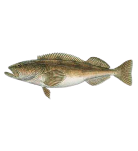
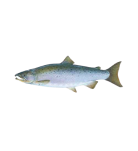
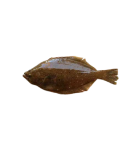
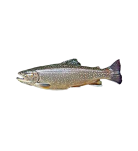
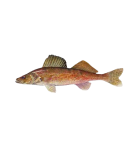
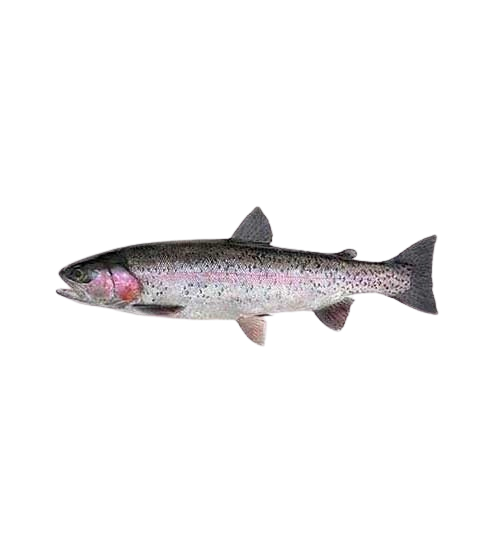
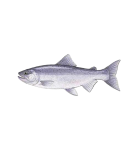
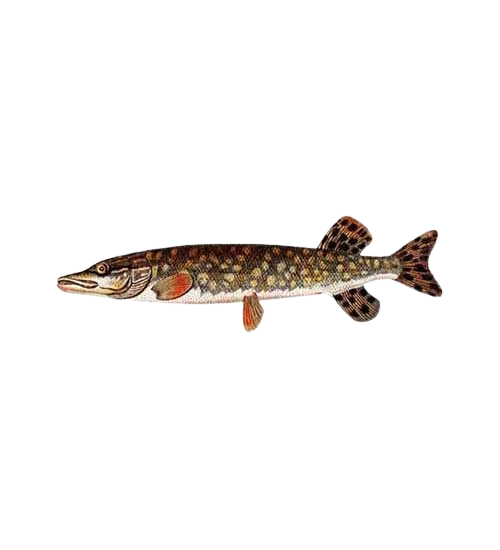
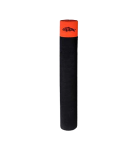
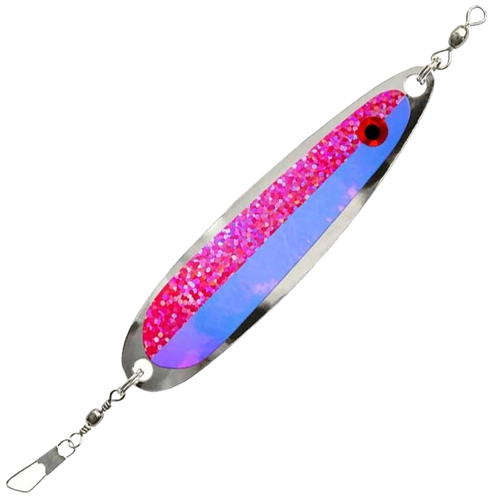
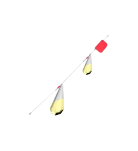
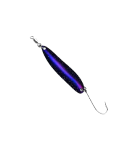
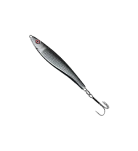

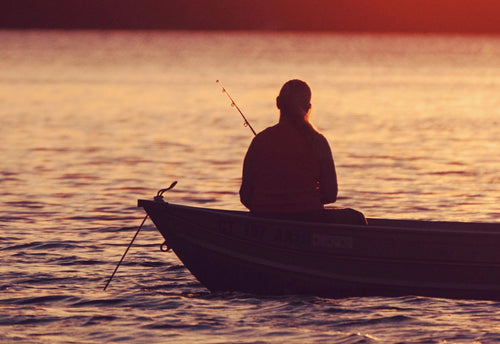
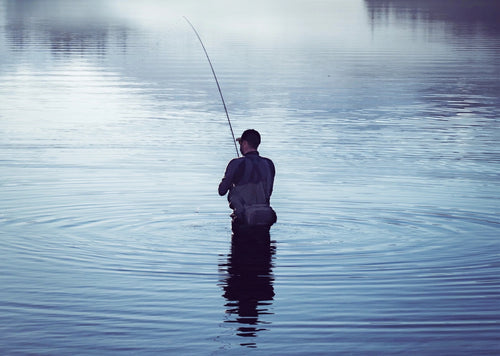
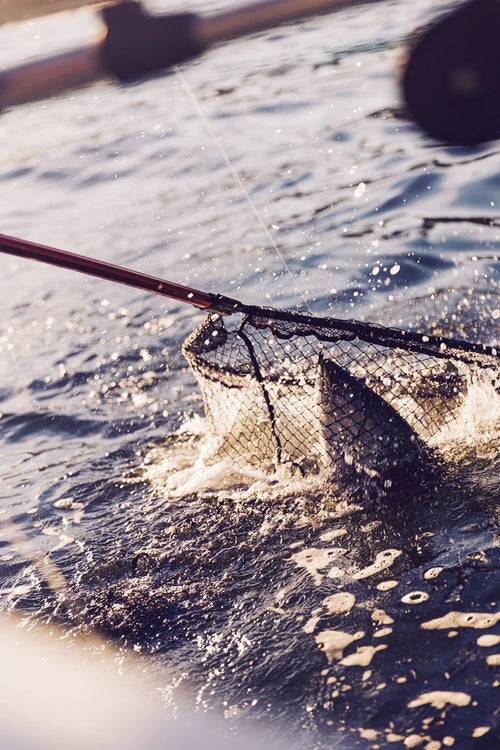
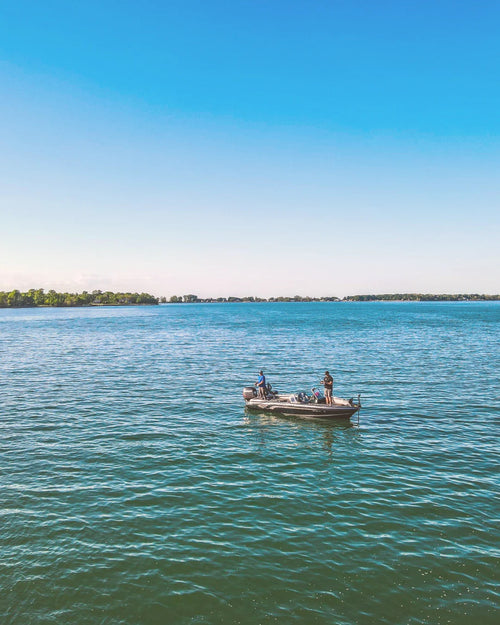
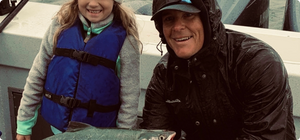
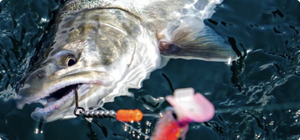
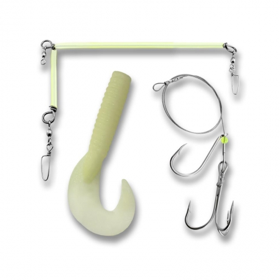
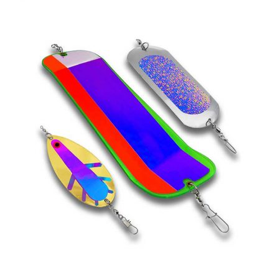
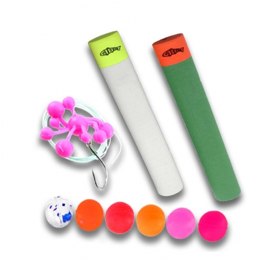
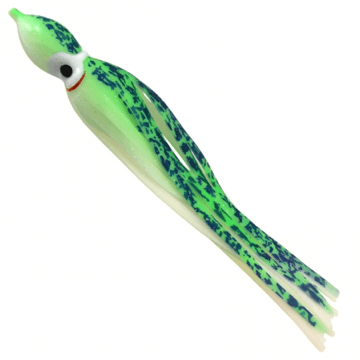
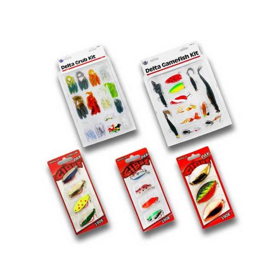
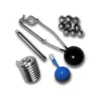
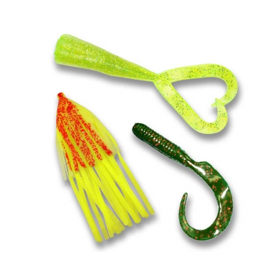
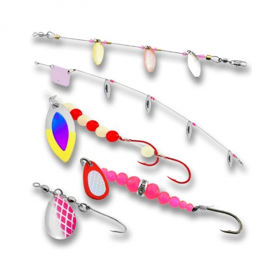
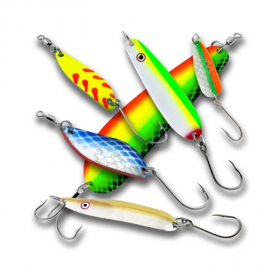
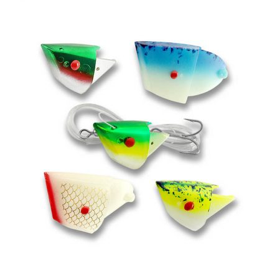
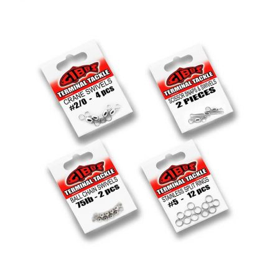
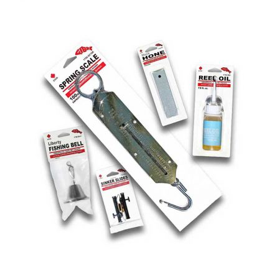
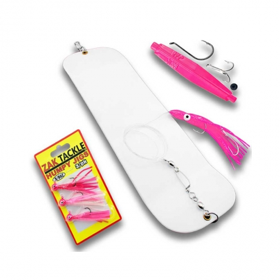
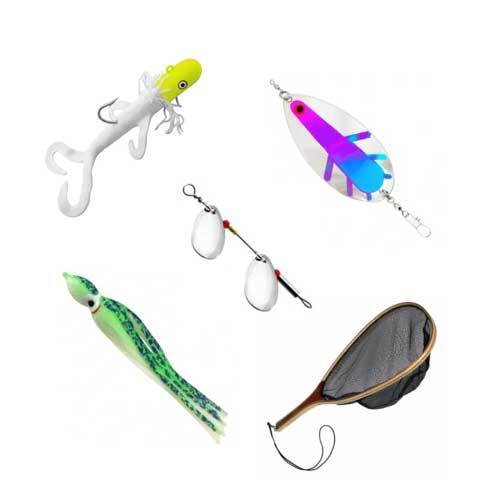
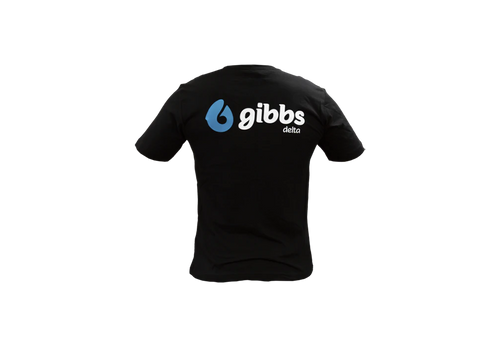
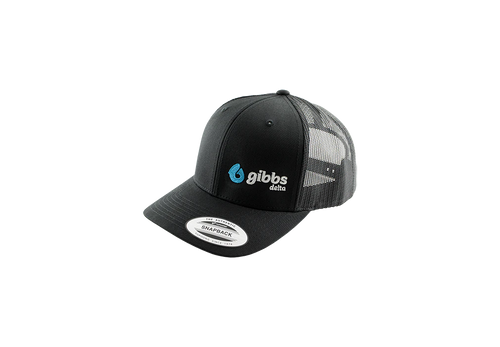
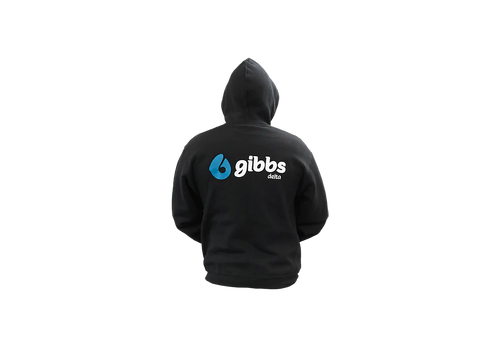
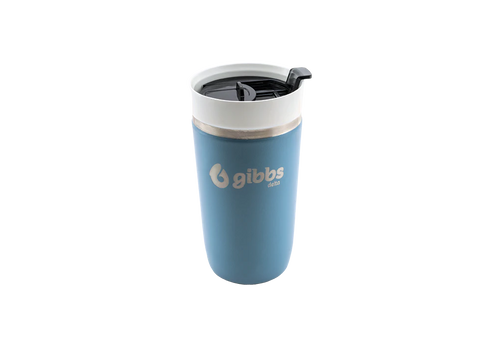





Leave a comment